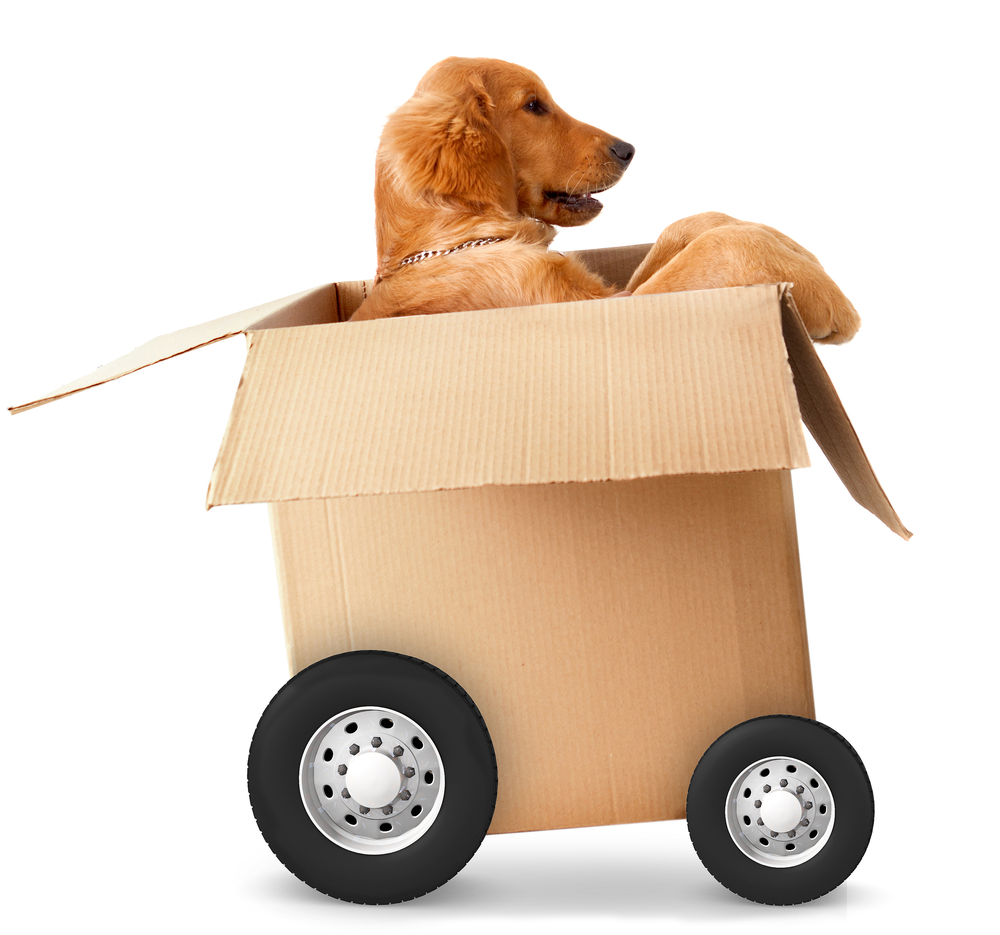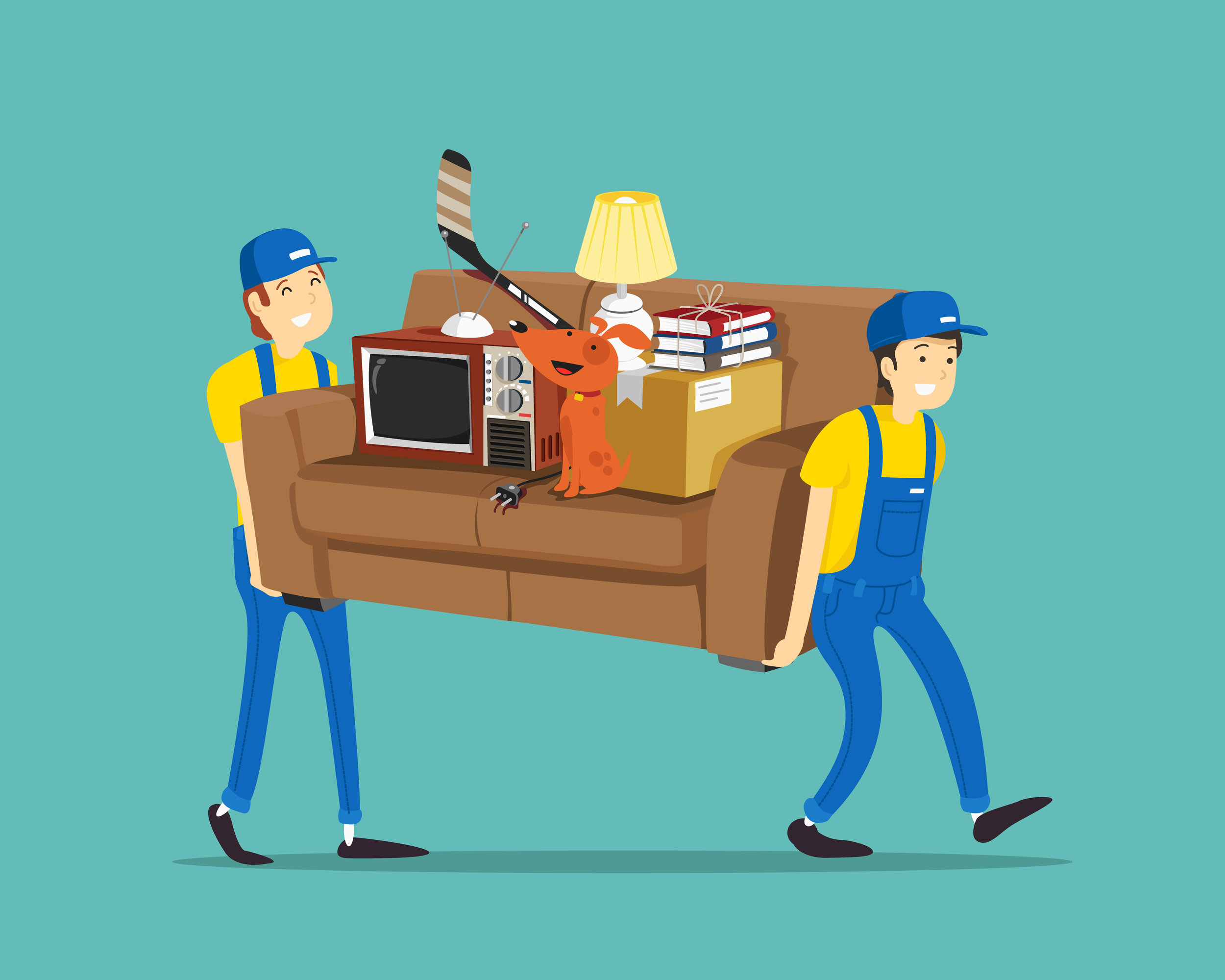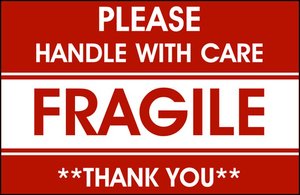Sometimes, you have to move in a hurry. Maybe you don't have a choice and a last minute move is necessary. When this is the case, you need the right supplies and you need them in a hurry.
Reusable moving boxes should be rented and the right packing supplies will help, too. However, you still have to pack and move in a hurry. Here are some of the top tips you can use when moving in a hurry.
Downsize Fast
The less you need to pack, the faster you can move. If possible, downsize your things as quickly as you can. Donate or sell anything you don't need immediately. Take a day and get things listed on sites, such as eBay or Craigslist. If it's not something you want to sell, just donate it to the nearest thrift store.
Downsizes will give you fewer things to pack and make the work easier. You can even throw away things not worth donating or selling. Getting rid of anything you don't need or want will make your last minute move much easier.
Start Packing
When you know a move is coming months ahead of time, you can create a good plan and move through the process step-by-step. However, when you need to move in a hurry, you need to think less and pack more. The sooner you get started, the sooner you will be packed and ready for the moving company to pick up your things.
Usually, you want to pack in a way to make unpacking easier, but when you need to move fast, forget about it. Simply pack quickly and worry about sorting things out later. You will likely have more time to deal with unpacking, so worry about sorting things by room later on.
Use What You Already Have
Getting the right supplies can delay the process when you have to move fast. Once your Chicago GreenBoxes arrive, start packing. Use the things you already have, such as clothing and towels to help protect your breakable items.
Ask for Help
Moving in a hurry should be an "all hands on deck" type of situation. You need to pack, but you can ask for help from family and friends. Let them know you're in a hurry and you could really use the help. Even one extra person can make packing easier and faster.
Call a Moving Company ASAP
Moving companies often book up in advance, but may leave some room for a last-minute move. They could also have a cancellation or something else could happen freeing them up to help. As soon as you know you will be moving, call a local moving company to get on their books.
If they can help you with the move, you may also want to ask if they can help with the packing. If so, consider paying them to help as it can be a huge job to do on your own, in a hurry.
Moving is stressful. When you have to move in a hurry, it becomes even more stressful. Make sure you get started as soon as possible and use the tips above to ensure you get packed and moved as fast as possible.






